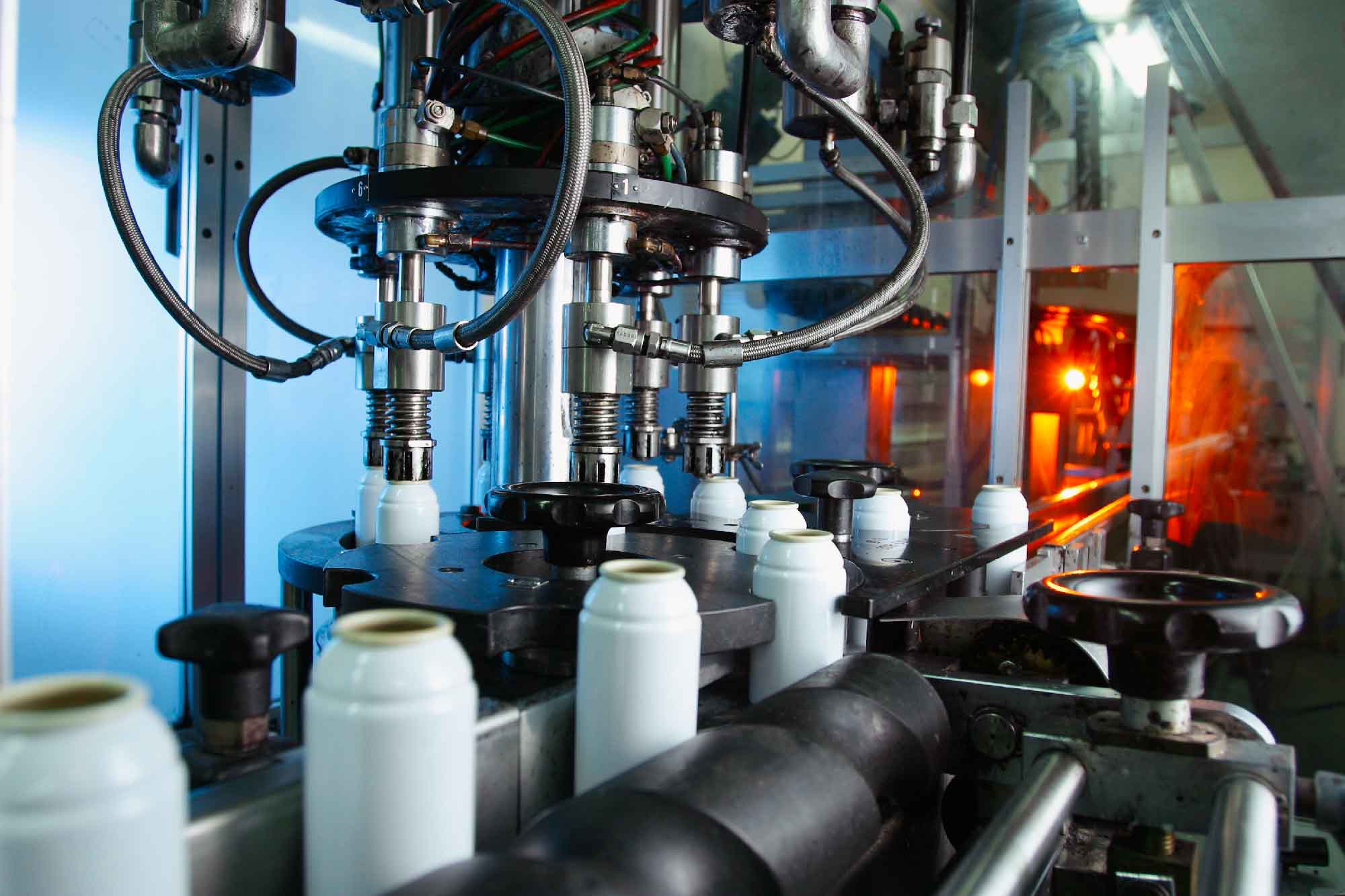The AIAG and VDA Failure Mode and Effects Analysis (FMEA) Handbook 1st Edition 2019 is here, and it replaces the AIAG FMEA 4th Edition and the VDA Product and Process FMEA Volume 4 manuals.
This new handbook offers guidance for a common approach for conducting product and process FMEAs across the automotive industry sector. The handbook was developed by the Original Equipment Manufacturer and Tier 1 Supplier members of the Automotive Industry Action Group (AIAG) over a review and development period of three years. A new FMEA technique called the FMEA-MSR (Monitoring and System Response) was introduced in this handbook to help identify failures in achieving safety goals in various vehicle systems and to ensure safety mechanisms are in place for the end user and/or within the systems to keep the vehicle in safe mode.
With the advent of the new emerging automotive technologies, it is understandable that there is a special emphasis in the handbook on addressing these types of safety related failures in the hardware and software systems to prevent injury to the end user and maintain compliance with safety regulations during normal operation of the vehicle.
The FMEA method has been used for technical risk analysis to reduce failures and improve safety in products and processes for many decades, and there are many variations of this technique for different applications in different industries.
For the automotive industry, this handbook brings together the best aspects of the FMEA methods from the AIAG FMEA 4th Edition and VDA Volume 4 manuals. This results in an assimilated approach for a consistent and more rigorous application of the FMEA method in the auto sector globally.
Sphera’s Take
First, the previous AIAG 4th Edition was/is actually a pretty solid approach. The main difference now is the connections between the focus element and the upper and lower levels needed to record and analyze, which, as some readers might know, is described in the 4th Edition, too, albeit briefly. By connecting the three so-called “trees” (namely the structure tree, function analysis tree and failure analysis tree) through a failure chain, the new approach produces more rigorous and higher-quality FMEA information.
There are also updates to the risk rating criteria (severity, occurrence and detection in design and process FMEAs) and the addition of two new risk-rating parameters, namely frequency and monitoring, in FMEA-MSR.
Risk Priority Number (RPN) is replaced by Action Priority (AP) to better prioritize actions. AP helps to address the issue of under–or overestimating risk caused by use of RPN. AP prioritizes Severity first, then Occurrence and lastly Detection. RPN accounts for each equally whereby different combinations of the ratings can generate the same RPN value.
The above is a simplified view, of course, but the gist of it is that the customer demand and technological innovation is causing automobiles to offer unprecedented conveniences, which require increasingly more complex systems. This necessitates a more expansive and integrated approach to the risk assessments such as in this new handbook to address the new safety and security vulnerabilities to which the end users are potentially exposed.
The new design, process and MSR FMEAs can be recorded within a worksheet format such as a spreadsheet program like Excel as well as more specialized software solutions with graphical interfaces to show the tree structures and their connectivity. You can continue to use your existing process flow charts and control plans with process FMEA as you normally would, but there is little to no mention of these in the new handbook.
The new guide succeeds in making the FMEA approach more comprehensive by combining the AIAG 4th Edition with the VDA’s tried-and-true approach, and this is a necessary and welcome change. It is going to be a learning curve though, especially for the AIAG 4th Edition users. As the automotive industry gradually adopts and practices this approach, it will inevitably get more refined. And it is bound to trickle to other industries as well gradually. All this bodes well for the end user, you and me.

